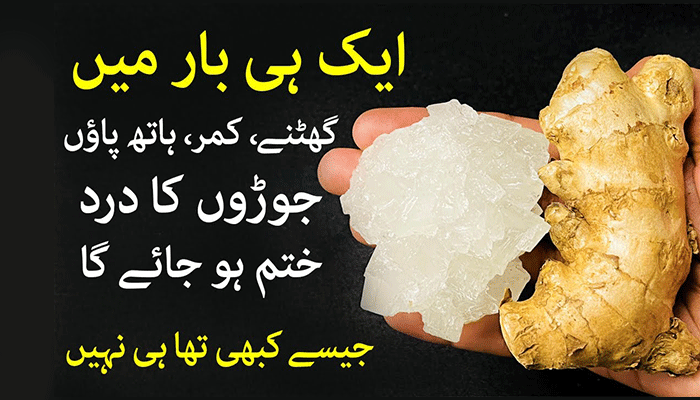Introduction
Arthritis is a prevalent and debilitating condition that affects millions of people worldwide. In this article, we will delve into the intricacies of arthritis, exploring its symptoms, causes, and effective treatments for joint pain.
What is Arthritis?
Arthritis is a broad term encompassing a group of disorders that cause inflammation and pain in the joints. It can affect people of all ages, genders, and backgrounds, leading to significant discomfort and limitations in daily activities.
Symptoms of Arthritis
Arthritis manifests through various symptoms, which may vary depending on the specific type of arthritis. Common symptoms include:
Joint pain
Persistent pain in one or more joints is a hallmark symptom of arthritis. The pain may range from mild to severe and can affect daily activities.
Swelling and inflammation
Affected joints often become swollen and tender due to inflammation, restricting movement and causing discomfort.



Stiffness
Arthritis can result in stiffness, making it challenging to move the affected joints, especially in the morning or after periods of inactivity.
Redness and warmth
In some cases, the skin over the affected joint may appear red and feel warm to the touch.
Decreased range of motion
Arthritis can lead to a reduced range of motion in the affected joints, affecting flexibility and mobility.
Causes of Arthritis
The causes of arthritis are diverse, and they can vary depending on the type of arthritis. Common contributing factors include:
Autoimmune disorders
In autoimmune arthritis, the immune system mistakenly attacks the joints, causing inflammation and damage.
Genetic factors
Some types of arthritis have a genetic component, making individuals more predisposed to developing the condition if it runs in their family.
Age
The risk of developing arthritis increases with age, with osteoarthritis being more common among older individuals.
Joint injuries
Previous injuries or trauma to the joints can contribute to the development of arthritis later in life.
Obesity
Excess weight puts additional stress on the joints, particularly those in the knees and hips, increasing the risk of arthritis.
Joint Pain Treatment
Effectively managing joint pain associated with arthritis involves a combination of lifestyle changes, medications, and sometimes surgical interventions. Treatment options include:
Medications
Pain relievers, anti-inflammatory drugs, and disease-modifying antirheumatic drugs (DMARDs) can help manage symptoms and slow the progression of certain types of arthritis.
Physical therapy
Tailored exercises and physical therapy programs can improve joint function, reduce stiffness, and enhance overall mobility.
Lifestyle modifications
Maintaining a healthy weight, engaging in regular exercise, and avoiding excessive joint stress can contribute to managing arthritis symptoms.
Joint injections
Corticosteroid or hyaluronic acid injections directly into the affected joints can provide relief from pain and inflammation.
Surgery
In severe cases, surgical interventions such as joint replacement may be recommended to alleviate pain and improve joint function.
FAQs
What are the early signs of arthritis?
Can arthritis be prevented?
Are there natural remedies for arthritis pain?
How is arthritis diagnosed?
Can children develop arthritis?
Is arthritis only a condition of the elderly?
Conclusion
Arthritis is a complex condition with various forms, each presenting unique challenges for those affected. By understanding the symptoms, causes, and available treatments, individuals can take proactive steps towards managing joint pain and improving their overall quality of life.



